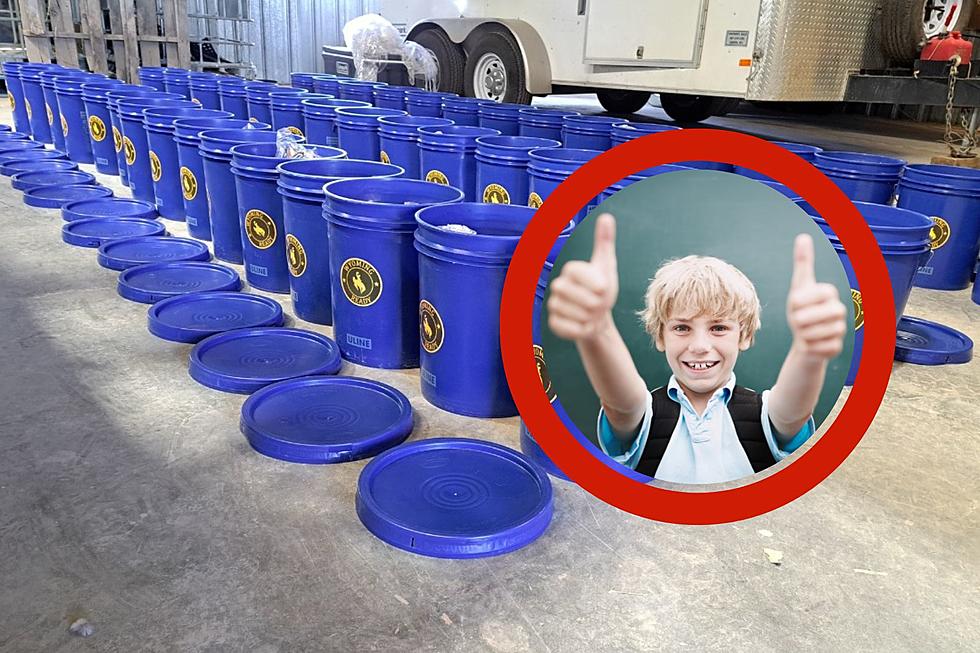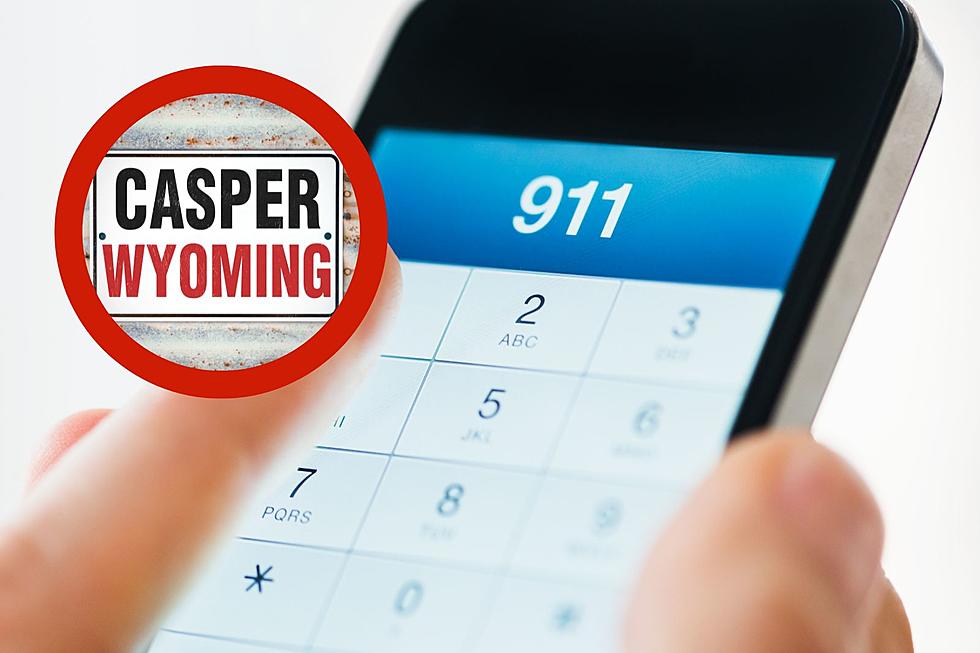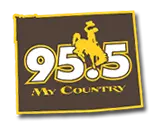
It’s Important To Be Safe During Fire Season In Wyoming
Warm Summer temperatures remind us that it's fire season. A wildland fire needs three components to spread.
- Heat - A source of heat is required to ignite a fire
- Fuel - Anything that feeds a fire. The drier the fuel, the faster the fire will spread.
- Oxygen - This component isn't as easy to control as the first two in the fire triangle.
One spark hitting dry grass or shrubbery on a windy Wyoming day can quickly cause significant issues.
Humans cause 90% of the wildfires in the U.S., many of which could be avoided.
There are many causes of wildfires.
- Discarding lit cigarettes
- Campfires
- Playing with matches or fireworks
- Out-of-control prescribed fires
- Arson
- Lightning
- Equipment malfunctions
- Vehicles
When a wildfire starts, it doesn't take long to spread.
How fast does a wildfire move?
According to the Western Fire Chiefs Association, a wildfire can spread at an average of 14.27 miles per hour. We're in Wyoming, though, and our high winds and dry climate could cause a fire to spread even faster.
Can you prevent a wildfire?
Wildfires can't be 100% prevented. Nature can't be corralled. You can't stop lightning from striking, but you can lower the chances of a fire starting by using common sense and practicing safety.
- Always check conditions - If it's a windy, hot day, it's likely not the best time to start a fire.
- Use caution when building campfires or bonfires - only use approved fire pits/rings, and clear the area around the fire of any vegetation.
- Never leave fires unattended - If you go to bed or leave, extinguish the fire.
- Properly extinguish fires - douse the fire with water and smother it with dirt before leaving.
- Keep an eye on fire restrictions - agencies all over the state will issue fire bans or restrictions when the conditions are not favorable for you to start fires.
- Dispose of used matches or cigarettes - Flicking your lit cigarette out the window isn't the proper way to get rid of it. Put it in an ashtray or a cup with water to put it out.
- Keep away from kids - Store lighters and matches in safe places that aren't easily accessible to kids.
- Yard Waste/ Rubbish - Only burn if your community allows it. Never burn highly combustible items, and never use fuel to start a fire.
- Reduce fuels - Fires need fuels to continue burning. Keep an eye on your property and attend to issues that could fuel a fire.
- Watch where you park - Don't park your hot vehicle or machinery on dry grass.
- Avoid spillage - Don't let gas, oil, or other fuels spill on grass.
- Watch your chains - Make sure your chains are not dragging on the road when pulling a trailer.
Even if you do everything possible, a fire can start and spread. Being prepared is another essential piece of the puzzle. Have an emergency plan for your family that includes evacuation routes, meeting places, and contact information.
The Natrona County Emergency Management Agency is an excellent resource for implementing those emergency plans.
Another tool for your family's safety is the Go Stay Kit from the Casper-Natrona County Health Department.
Here Are Fire Safety Steps For Your Family
Gallery Credit: Drew Kirby/Canva
Wyoming Fire Crews Battle Wildfires
More From My Country 95.5









